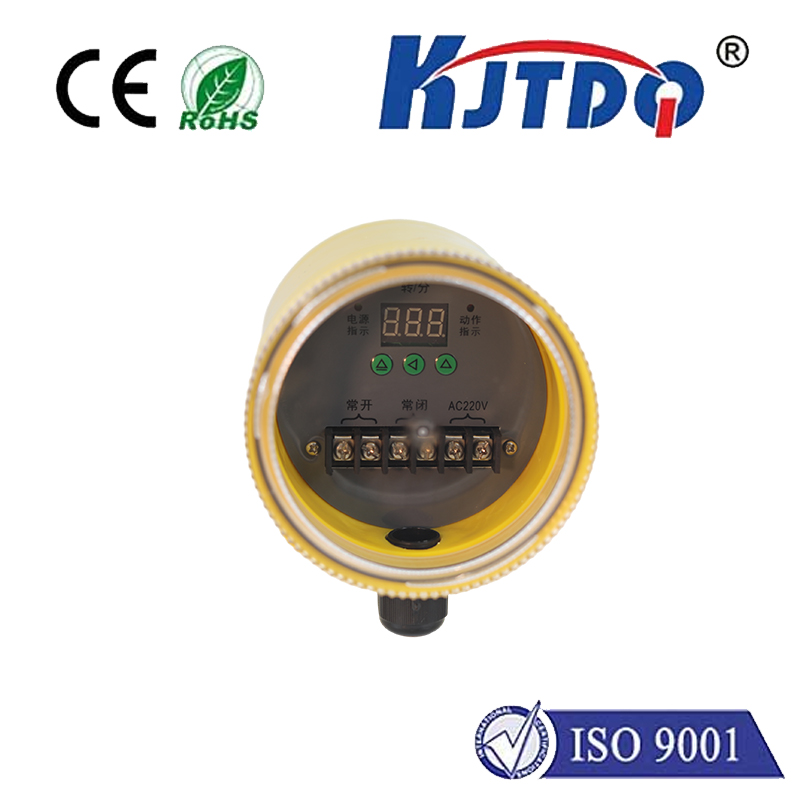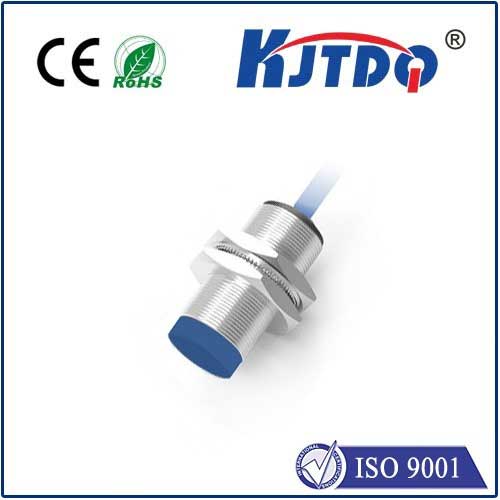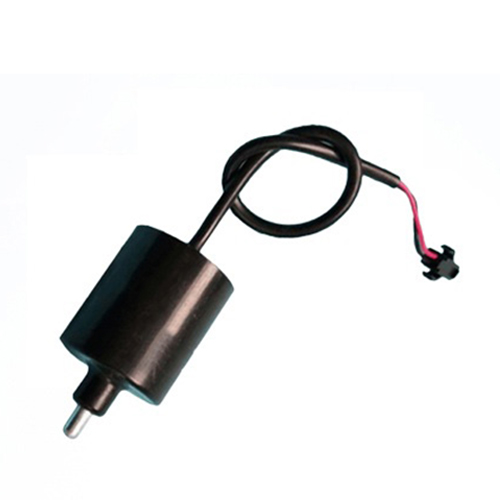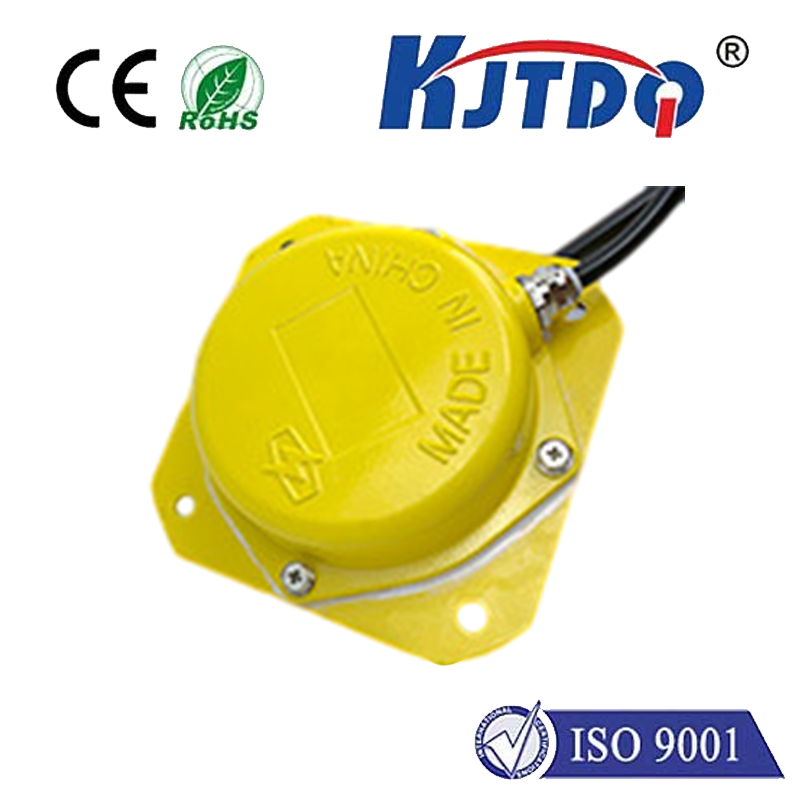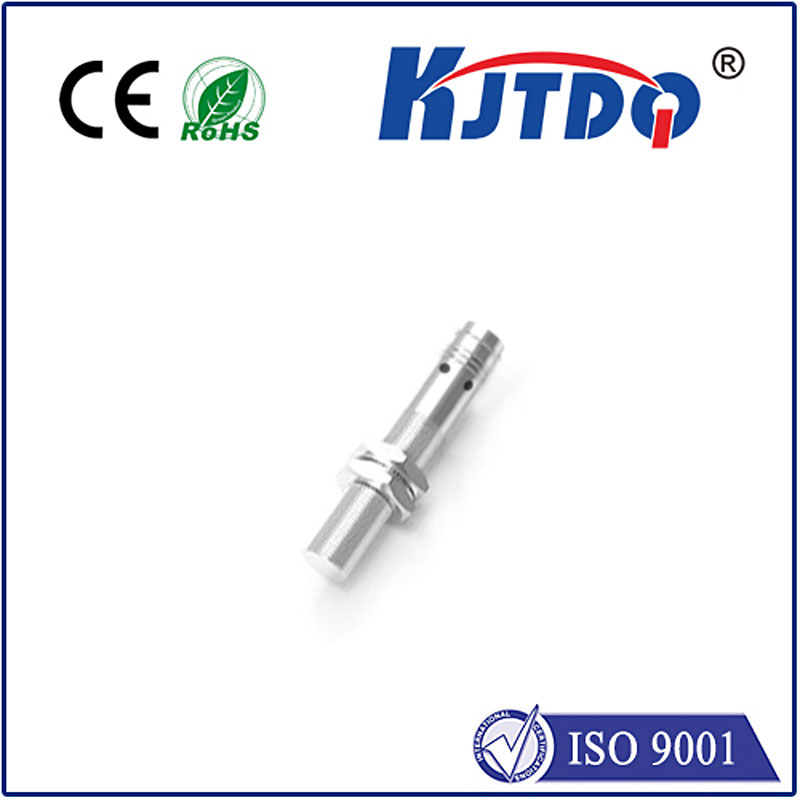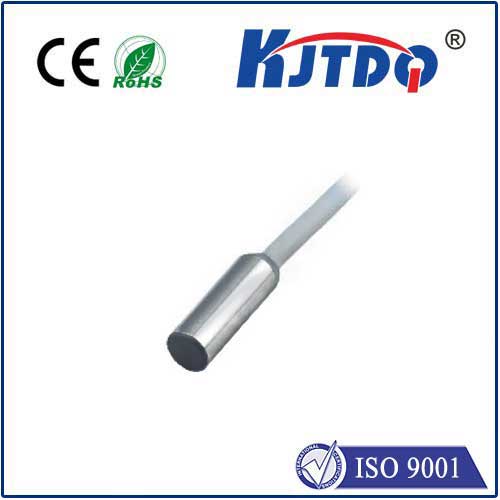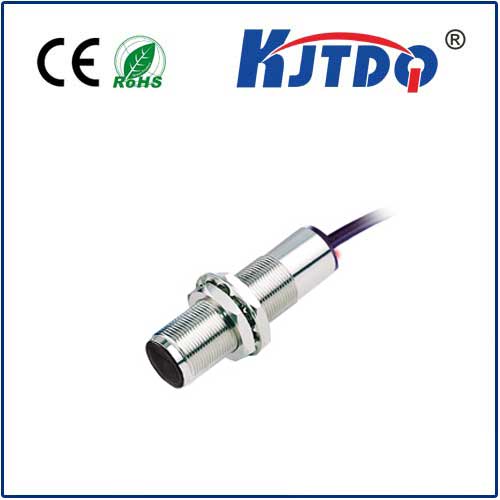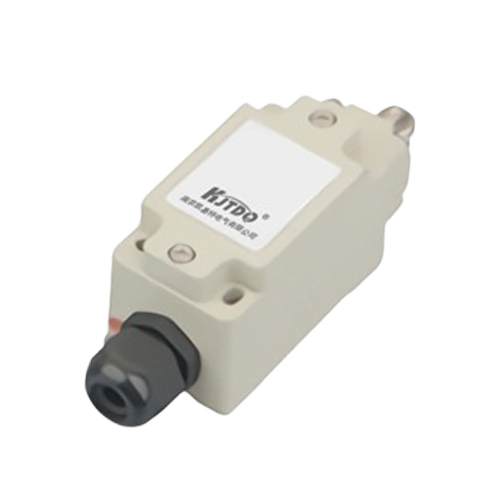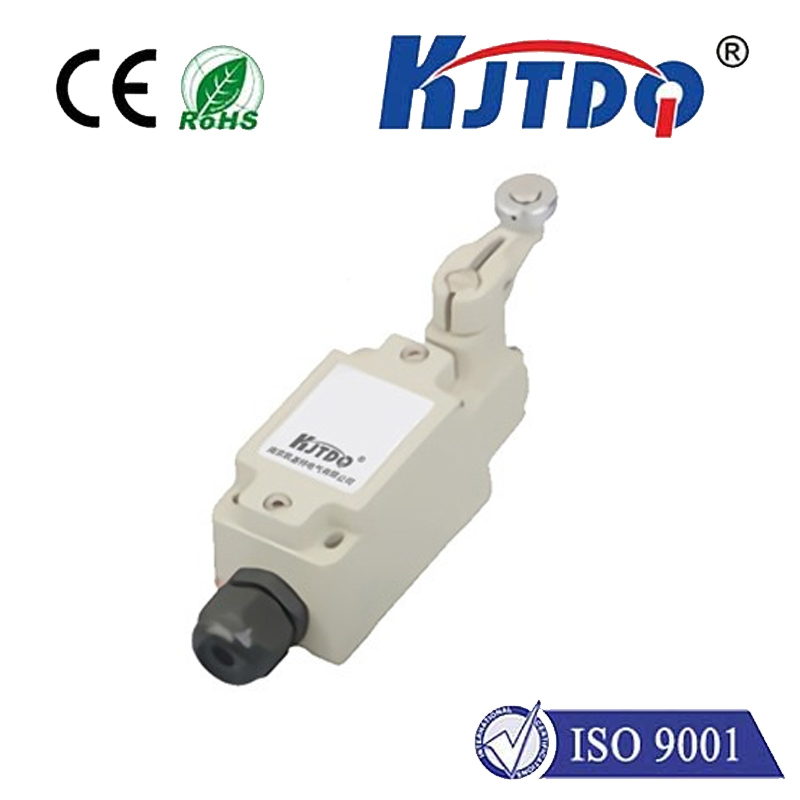

check

check

check

check

check

check

check

check

check

check
Introduction:
In the world of automotive engineering, ensuring the smooth functioning of a vehicle's engine is crucial for its optimal performance and safety. One critical aspect of engine maintenance is accurately determining the RPM (revolutions per minute) of the motor. Inductive proximity sensors are an effective and efficient solution for this task. This article explores the benefits and applications of inductive proximity sensors for RPM measurement and their importance in modern vehicle technology.
Section 1: What are Inductive Proximity Sensors?
Inductive proximity sensors are a type of sensor that uses electromagnetic fields to determine the presence or absence of objects. These sensors work by sending an alternating magnetic field through the air and measuring the reflected field. When a target object is present, it creates a disturbance in the field, which the sensor detects and translates into a signal indicating the object's location.
Section 2: The Advantages of Inductive Proximity Sensors for RPM Measurement
1. Accuracy: Inductive proximity sensors provide highly accurate measurements of RPM, making them ideal for monitoring critical engine parameters. Their superior accuracy allows engineers to quickly identify any issues with the motor's performance and take corrective action as needed.
2. Convenience: Inductive proximity sensors are easy to install and require minimal maintenance. They can be mounted directly on the engine without the need for complex wiring or connections, simplifying the installation process and reducing costs.
3.Versatility: Inductive proximity sensors can be used for a variety of RPM-related tasks, such as monitoring engine speed, predicting maintenance needs, and optimizing fuel efficiency. This versatility makes them a valuable asset in any automotive engineering project.
Section 3: Applications of Inductive Proximity Sensors for RPM Measurement
1. Engine Management Systems: Inductive proximity sensors are commonly used in automotive engine management systems to monitor RPM and other critical engine parameters. They provide real-time feedback on the motor's performance, enabling engineers to make timely adjustments to optimize fuel economy and improve overall vehicle performance.
2. Idle Control Systems: Inductive proximity sensors can also be used in idle control systems to prevent idling at high speeds, which can contribute to increased fuel consumption and wear on the engine components. By monitoring the RPM during idle periods, these systems can adjust the engine's idle speed accordingly, improving fuel efficiency and reducing emissions.
3. Regenerative Braking Systems: Inductive proximity sensors are essential components of regenerative braking systems, which use energy stored in the battery to assist the brakes during acceleration. By monitoring the RPM during deceleration, these systems can determine when it is appropriate to release the energy from the battery, improving overall vehicle performance and efficiency.
Conclusion:
In summary, inductive proximity sensors are an essential tool for accurately measuring RPM in modern automotive engineering. Their superior accuracy, convenience, and versatility make them an invaluable asset in a wide range of applications, from engine management systems to regenerative braking systems. As automotive technology continues to advance, it is clear that inductive proximity sensors will play an increasingly important role in ensuring optimal vehicle performance and safety
